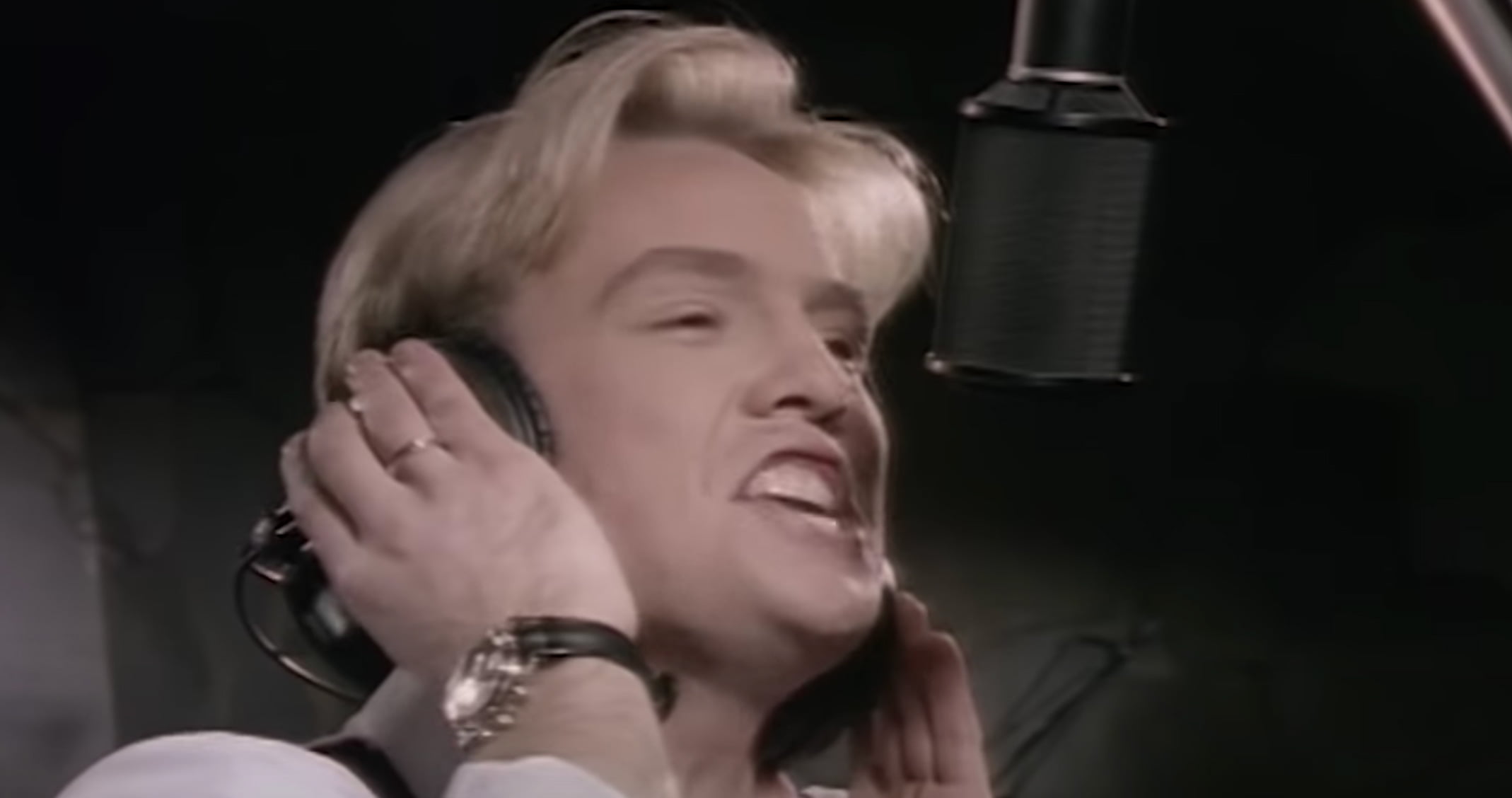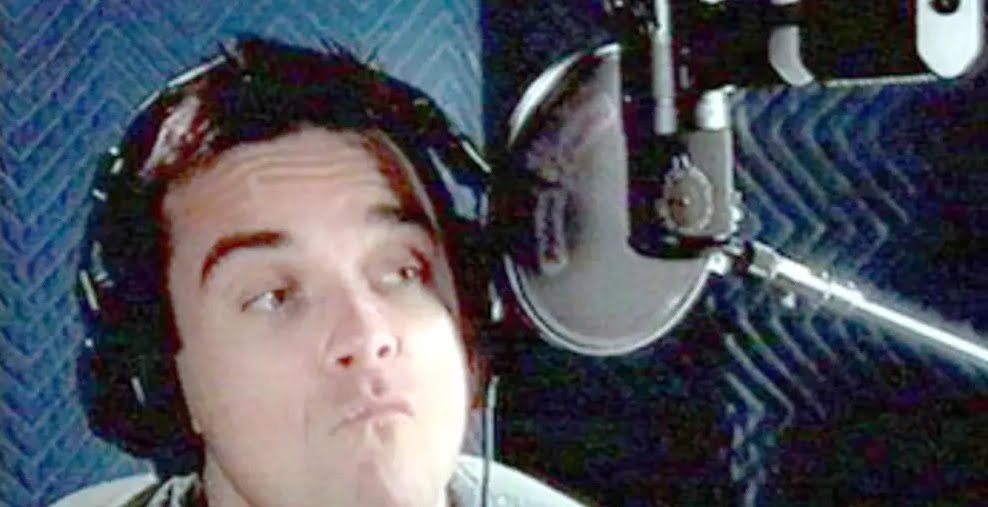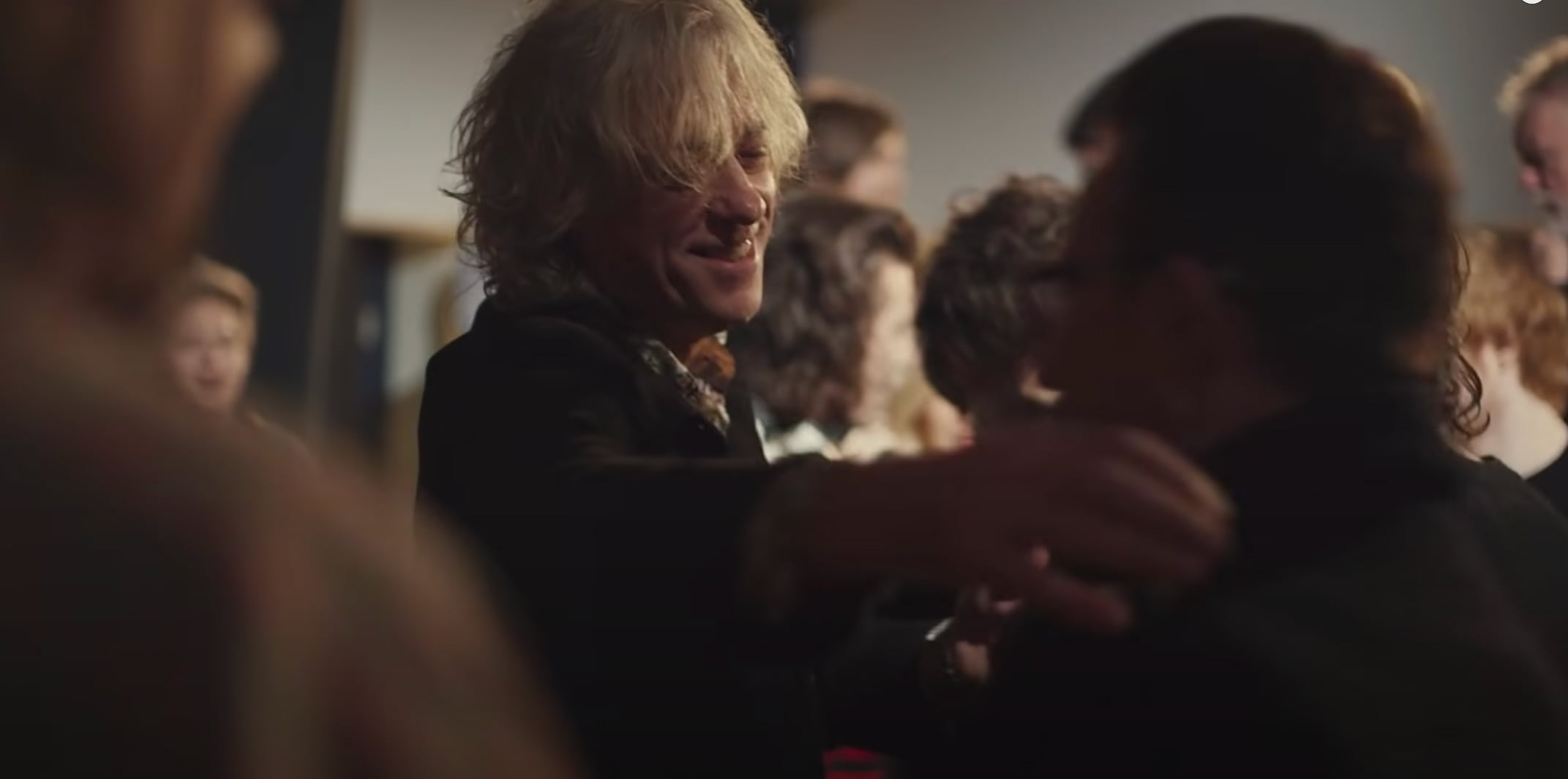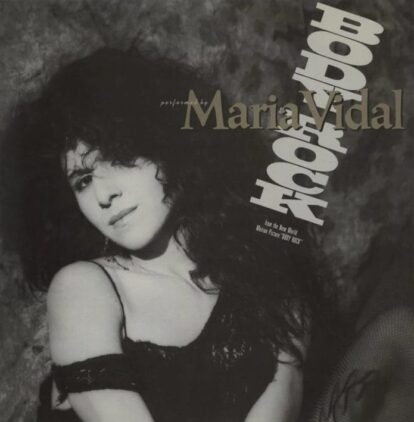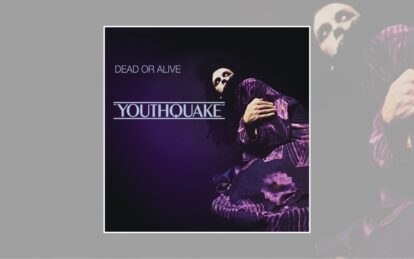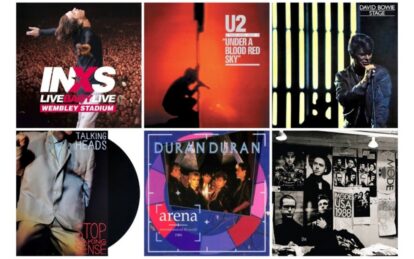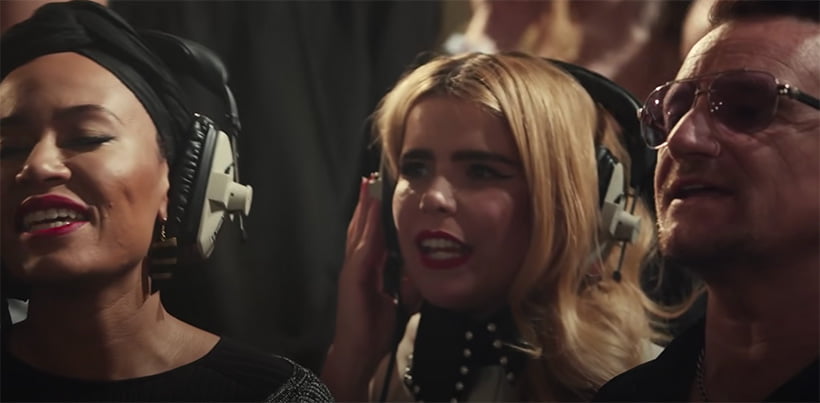
Nearly 40 years after Do They Know It’s Christmas? first made history, Felix Rowe relives the various incarnations of Band Aid and catches up with some of the artists involved…
Band Aid’s arrival in December 1984 was a landmark moment in pop history. It set the template for every all-star celebrity charity single that would follow in its wake. So inundated have we been by examples since, for all manner of causes, that we forget just how utterly groundbreaking it was. Nothing like it had been done before, certainly not on that scale.
The secret to Band Aid’s success lay in its simplicity. One: write a song. Two: cajole as many famous people as possible into recording it. Three: raise tonnes of money (and awareness) for an extremely worthy cause – in this case, a devastating famine sweeping through Ethiopia.
The formula was repeated on stage successfully with Live Aid the following summer. But only someone so steadfastly stubborn as Bob Geldof could pull it off.
Enlisting his pal, Ultravox’s Midge Ure, Bob quickly threw together a serviceable song (more on that later). And he proved particularly apt at the cajoling bit. But no one could have predicted quite how successful the fruits of their endeavour would be. Millions were raised for the relief effort. The project spurred a wave of imitations across the world, most notably USA For Africa’s We Are the World, whose roster reads like a Rock And Roll Hall Of Fame inductees list. A further three versions of Do They Know It’s Christmas? were recorded over the ensuing 30 years, collectively raising many more millions for Africa-focused relief efforts.
Listening back to these various versions is essentially the musical equivalent of unearthing the family photo album collection, occasionally pausing to laugh/cringe/nod approvingly at your contemporary haircut. Each is a neat time capsule of the moment in which it was created. A snapshot of the UK’s biggest pop stars of the day and their associated stylistic trappings.
But with the benefit of hindsight, how do these versions fair – both musically and in terms of their wider impact? Have the recordings stood the test of time? And how many of their contributors would still be considered stars today? Classic Pop is on a mission to find out. So, let’s take a look at the contenders.
Band Aid II: Stock Aitken Waterman (1989)
Looking to replicate the original’s success, the ever-astute Geldof headhunted the ‘hot producer’ of the moment, a strategy that would help to secure the day’s best talent. In 1989, this accolade belonged to Stock Aitken Waterman, the ‘Hit Factory’ trio who had been enjoying a phenomenal run of success. They were more than happy to oblige and Pete Waterman is said to have put his own wedding on hold to get on the phone and pull in the stars.
Producer Mike Stock remembers the occasion, while conceding that perhaps many of the listening public don’t. “The version that we made has been largely written out of the history books,” he says, “but in my view it’s the better production. And on the subsequent 2000s versions everyone starts to get too clever. I think we packed more value into ours for the casual purchaser; for someone who wants to buy something for the charity. I think that some of the subsequent versions have put people off!”
Stock Aitken Waterman gave their revamp a decidedly smooth sheen. In comparison, the slower, rawer Tears For Fears-riffing original sounds positively dirge-like. “Bob Geldof came into the recording with us and he was quite astounded by what we were doing,” says Stock, “brightening it all up and giving it a bit of a pop edge. He said it was a bit of a dodgy song to begin with. It was a bit dodgy I suppose!”
When producing a charity single in response to a specific need, speed is critical. SAW allowed themselves several months to perfect Rick Astley’s Never Gonna Give You Up, trialling various arrangements before settling on the winner. They didn’t have this luxury with Band Aid.
“We gave up our weekend for it,” says Stock. “I started on the Saturday and got all the singers in, lots of egos to deal with, and then you get out there on the Sunday with it all done, that’s the last you hear of it. You don’t get time to mess about.”
Considering they only received Bob’s call on the Friday, that’s pretty impressive. And this raises a key point that’s often overlooked when assessing the merits of Band Aid: the sheer logistics of the feat. Typically, a producer would be working with one artist or group, in a contained environment, perhaps for several weeks or more. Band Aid entailed dozens of big personalities in one room on one day, vying for the best lines. That must have been tricky to orchestrate.
“It was difficult,” says Stock. “I didn’t win many friends, but I didn’t think that was important at that point. For most of the artists, I got them to sing the majority of it, then we did the edit when they’d gone. But it was pure focus on the job in hand: get this thing done and out there, and let the public put their money in for the charity. You’ve got to put aside the sentiment and the emotions. But, I still think we did a good job. All sorts of people turned up, and it was quite difficult managing the pecking order.”
“We’d had practice because it was the second or third charity record we’d done by that time,” Stock’s co-producer Matt Aitken tells us. “So we had people making cups of tea and massaging egos outside, and all that sort of thing. We were just spiriting people in and out as quickly as we could.”
As Aitken explains, the record’s distinct sound was dictated by practicality, rather than a conscious attempt by the producers to do something different.
“We didn’t really sit down and think about what the sound of the record was going to be. We just needed something that had a beat and the chords on it, so that we could get the vocals down that were being sent to us. Because there were so many vocalists coming in to sing, we had to keep lots and lots and lots of tracks free… We didn’t try to reinvent the wheel. All the concentration, really, was getting the right lines from the right people in the right places.”
So, were there any frayed tempers over who did what? “Well, Luke from Bros wanted to play the drums,” remembers Stock. “That was a bit of a pain in the bum because we wanted to get the bloody thing recorded! People thought I was just favouring our own acts, like Mel and Kim, and Kylie and Jason…” He pauses. “Which we were… but there you go!”
Bananarama hold the unique honour of being the only artists from the original to return for the revamp. Keren Woodward tells Classic Pop that, while she felt overwhelmed by the original experience, she returned for Band Aid II five years later with a bit more assertiveness. “By the second one, I would’ve been much more confident and easy and relaxed about the whole thing. I just remember Cliff Richard was on it, and he tapped me on the shoulder and said, ‘Oh the words are: dah, dah, dah.’ And I said, ‘Well, I know. I was on the last one!’ And I remember thinking, ‘Oh god, is that rude?’”
Band Aid 20: Nigel Godrich (2004)
Nigel Godrich seems a curiously left-field choice for Band Aid’s first post-millennium outing. The critically-acclaimed Radiohead producer certainly had the credentials (Paul McCartney, Beck, REM, Travis). But Xenomania, the closest to a noughties SAW equivalent, would surely have been a much safer pair of hands to deliver a hit.
If the previous incarnation was all about the vocal arrangements, then Godrich’s version placed the band very much in front and centre. As a result, it ended up sounding a bit of a mess stylistically – a slightly incoherent patchwork of disparate parts, hastily stitched together. Maybe that’s not surprising when you consider it was literally thrown together in a day by a very diverse (yet undoubtedly talented) group of musicians, who were essentially winging it. Godrich can be commended for giving the track a looser feel. In the final third, it elevates into a charmingly shambolic jam, before crumbling into a gospel-inspired a cappella coda rounded off with self-congratulatory applause. Exceeding the five-minute mark, it’s almost twice the desired length of a pop song. It was also the first version to contain new lyrics, courtesy of Dizzee Rascal’s brief rap, shoe-horned into the middle eight.
But what was the recording process like? Skye Edwards of Morcheeba, one of many stars enlisted to lend their support, remembers her experience.
“I was in Los Angeles at the time,” Skye tells us, “in the middle of recording my first solo album. But I didn’t need persuading at all. It was just the logistics of flying back to the UK for one day. I’m a big fan of 80s music, growing up in that time, so I was very aware of the 1984 version. My favourites were Boy George and George Michael.”
The notion of stepping in her heroes’ footsteps wasn’t a particular concern. “I didn’t have an individual line as such,” she says.
“I was more in the background so I didn’t feel any pressure at all. I was looking forward to meeting the legendary Sir Paul McCartney and Thom Yorke.”
So was it an enjoyable experience? “At times it was fun,” remembers Skye, somewhat noncommittally, “Damon Albarn walked around with a tray serving tea.” Indeed, Blur’s erstwhile frontman hedged his bets by turning up to provide refreshments, without actually appearing in the recording itself. A savvy move presumably intended to show support while sparing himself the indignity of wooing along on the chorus. He could both sate his curiosity and insulate himself from any potential future ridicule from the indie set.
Band Aid’s wildcard entry has gone down as an odd misstep. As Michael Hann wryly noted in The Guardian: “Do They Know It’s Christmas? is not a record aimed at tastemakers. The 2004 version of the song, if anything, was crippled by trying to appeal to the music magazine buyers rather than the grandparents and schoolkids… The key point is that a charity record lineup should resemble a variety show gone berserk, not an issue of Mojo.”
That said, at the very least, Band Aid 20 highlights the wonderful diversity of genres gracing the charts at the turn of the millennium. Grime stands beside Queen pastiche; earnest piano-led indie beside girl group pop. The enduring feeling is one of delight that it exists at all. Any record that includes Sugababes, Macca, Dizzee Rascal, Thom Yorke and Busted on the same bill is surely a curio worth further investigation.
Band Aid 30: Paul Epworth (2014)
On arrival at the studio for the 2014 version, Bono is quoted as saying: “I just wish we didn’t have to do this”. He probably wasn’t the only person thinking that. Though still a cultural event (after all, the five-piece One Direction were involved), the novelty of the occasion was by now starting to wear just a little thin.
But on a serious note, Bono’s remark related specifically to the tragic and devastating Ebola crisis that had been sweeping through West Africa, to which Band Aid 30 was a direct response. Emeli Sandé, quoted in The Guardian following the recording, explained: “Bob gave a really touching speech before we started singing, so that really got everybody in the mind frame that we needed to be in, to remind us that it’s fun but we’re here for a really serious reason.”
In a notable departure from the previous three versions, the lyrics were significantly updated, both in response to growing criticisms of key lines, and to reflect the specifics of the current crisis. Rather than thanking God that tragedy had befallen others instead of himself, Bono now sang the (arguably creepier) line: “Well tonight, we’re reaching out and touching you.”
While Bono was busy notching up his hat-trick, the vast majority of the other pop stars featured on the 2014 version weren’t even alive when the original came out. It’s also noteworthy that – come 2014 – the customary ‘most famous pop stars of day’ criteria meant the inclusion of three vloggers (ask your children). In an age where social media ‘likes’ are as much a gauge of success as record sales, what better way to tap into the zeitgeist than recruiting YouTube’s biggest ‘influencers’? Geldof’s approach has always been unashamedly pragmatic: use whatever means available to spread the message to the greatest audience. Of course, the brightest star to catch was Adele, no doubt the very reason that Paul Epworth was enlisted as knob-twiddler of choice. Sir Bob gleefully announced both Adele and indie mainstays Foals as contributors, somewhat prematurely it would turn out. Even Adele’s Brit, Grammy and Oscar-winning producer couldn’t tempt her to the mic, and she made a donation instead.
While bearing in mind that Epworth’s version is still only a very recent memory (at least for those who remember it at all), time seems to have been kind to it so far. Listening back now, it’s a lot better than the vague recollection of its existence had suggested. Epworth plays it safe. He doesn’t attempt to pander to the stars or encompass a range of styles, instead providing an understated (if a little innocuous) backing track for them sing over.
It was certainly effective in raising money. According to reports, £1 million was raised within minutes of first airing during The X Factor. And Band Aid being Band Aid, it was still the fastest-selling single of the year, going straight in at No.1. But after its initial rush, it quickly slid down the charts and out of the collective consciousness. In terms of cultural impact, there’s no denying that the law of diminishing returns was asserting itself.
Classic Pop may earn commission from the links on this page, but we only feature products we think you will enjoy.

